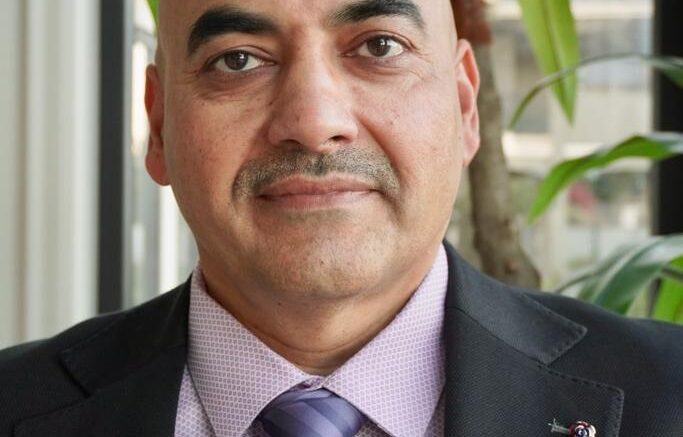West Africa is sending more students abroad, but choices are shifting. Families in Nigeria, Ghana, and francophone markets are now weighing value, rules, and timing more carefully than before.
The US remains a strong draw, France continues to anchor francophone flows, and the UK’s recent policy changes are reshaping plans. Canada’s settings also factor into decisions. This release looks at demand signals, policy and affordability pressures, and the application calendars and digital habits that now determine how interest turns into enrollment.
Overview of Demand and Destination Shifts
The US enrolled a total number of 1,126,690 international students in the country in 2023-24. On the list, Nigeria ranked seventh globally with 20,029 students. The current ranking and population of Nigerian students in the country is a clear signal that English-speaking West Africa is an expanding market for American universities.
France continues to be the leading study destination for French-speaking West Africa, hosting more than 430,000 international students in 2023-24 and pointing to a 2027 target of 500,000. Campus France notes strong growth from Sub-Saharan Africa as part of that rise. For Senegal and Côte d’Ivoire, the French system’s language fit, public tuition levels, and clear Campus France process remain important drivers.
The UK picture looks different. In the year ending June 2025, sponsored study visas totaled 431,725, down 18% from the previous year, with grants to Nigerian nationals down 25%. The decline was linked to fewer dependents permitted to join students, which also affected some main applicant decisions.
Policy and Affordability Pressures
In 2024, Canada set a national cap on study permits. The strategy aims to attract and approve around 360,000 international students. The government continued these strict controls into 2025. They also expanded the requirement for a provincial attestation letter to more student groups and made it harder for spouses of international students to get open work permits starting on January 21, 2025. These new rules create financial uncertainty for international students and their families who may rely on two incomes or plan to immigrate to Canada together. These measures have added uncertainty for families that budget on two incomes or plan to arrive as a unit.
Lower tuition costs are another factor. Although the inflation in Nigeria dropped rom 33.40% in 2024 to 21.88% in 2025, it still places significant pressure on families to pay tuition abroad. The unstable currency fluctuations also influence decision-making, causing families to delay payments or choose countries with lower costs.
“Families are recalibrating for value,” says Sanjay Laul, founder of global education management platform MSM Unify. “Clear post-study options, credible employability, and transparent costs now drive destination choice across West Africa. Policy clarity matters as much as price. When rules change mid-cycle, students hedge, and that can mean deferrals, new destination choices, or a preference for guaranteed pathways.”
Application Timing and Digital Behavior
Recruitment follows local exam calendars. In Anglophone West Africa, WASSCE results release sparks application and scholarship activity. In Ghana, WAEC posted the 2024 results on December 30. In Nigeria, JAMB’s UTME set the pace as the 2025 registration ran from February 3 to March 8, with the main exam starting April 24. These dates drive when families join webinars, visit fairs, and accept offers.
In Nigeria, student recruitment is now heavily reliant on digital platforms. According to the 2025 DataReportal, the role of social media in student research, in platforms like WhatsApp, Instagram, YouTube, and TikTok, is influential to their discovery process. This is unsurprising given Nigeria’s vast online population of 107 million internet users and 38.7 million social media users.
These numbers, particularly the extensive reach of platforms like YouTube with 27 million ad audience, and Facebook with 38.7 million users, explain why a blend of strong social media content and personalized guidance from a counselor or agent is the most effective recruitment strategy to enroll students from this market.
West Africa’s next wave of students will be shaped by how fast institutions adapt to these behavioral and digital shifts. Those that align with regional academic calendars, show up on the channels students already use, and personalize guidance to local realities will earn trust and enrollments.
“Meet students where they are, on their calendars and their phones,” Laul added. “Simple checklists, clear turnaround times, and real alumni stories are what turn interest into enrollment.”
